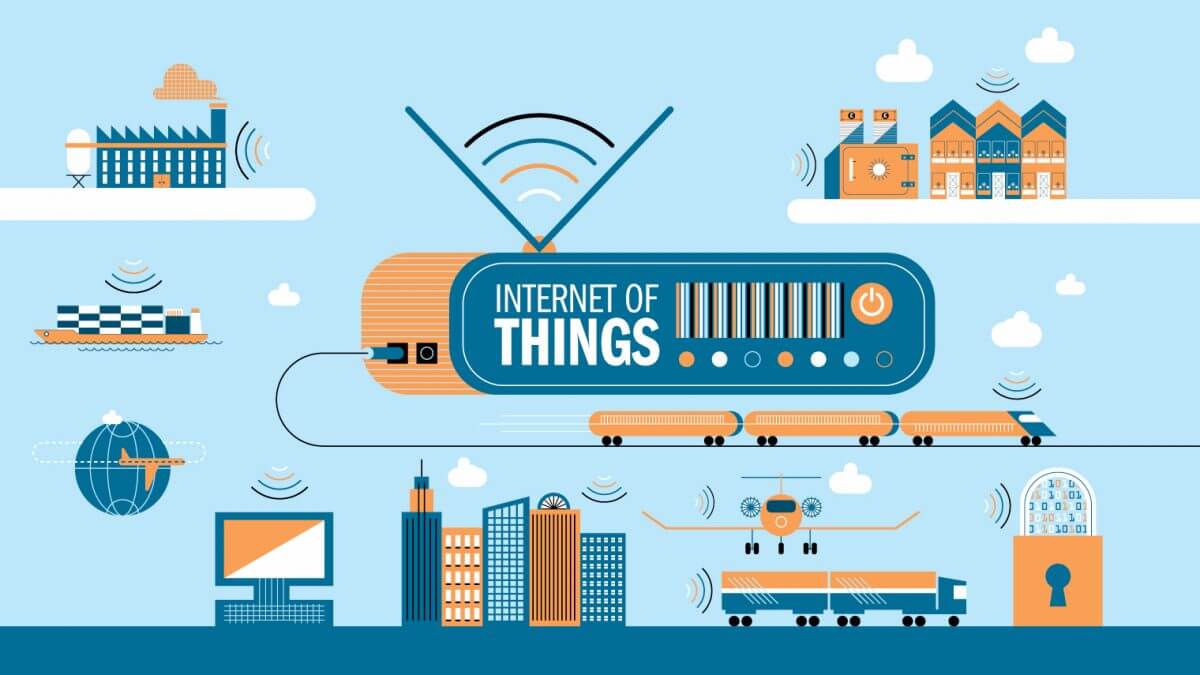How IWMS And IoT Are Transforming Building Occupancy
As per a recent report on Smart Buildings by Aberdeen Group, the technology of IWMS (Integrated Workplace Management Systems), driven by IoT (Internet of Things) and Cognitive computing, are important aspects of creating smart buildings.
Workplaces and buildings generate tons of data. Organizations garner deeper insights into the effectiveness of operations and speed up their capacity to react to changes by capturing and analyzing data. This can be done through the internet of things management solutions.

Connected and Intelligent Workspace
IoT devices like embedded beacons, cameras, sensors, etc. make the tiresome FM tasks more efficient and help relieve the burden on managers.
Cognitive capacities for use in IWMS can augment data captured for buildings to take decisions, alert management regarding issues apart from offering buildings with online concierge services. Enhanced insight, control, and automation play a significant role in every aspect of real estate performance, from capital projects and lease accounting to energy consumption, facility maintenance, and space utilization.
An optimized building can diagnose issues independently and communicate a prolific stream of information based on IoT to real estate management professionals. Whether new or old, the building becomes almost a living structure capable of sensing the environment around it. Hence, property managers can be pro-active in optimizing occupancy experiences via an enhanced awareness of maintenance, energy usage, services, and core systems performance.
Use Cases of Smart Buildings
Enhanced insight into maintenance and performance of facilities
Analytics and internet of things management can enhance core systems (security, escalators, elevators, heating, air-conditioning, etc.) When equipment is fitted with sensors, the diagnosing of issues improves for better resolution of relevant services. Advanced analytics will also help in prescriptive and preventive maintenance. The technology is increasingly used for improving human expertise.
Development of new services
IoT technology can transform an average retail space into a vibrant, interactive experience. Currently, brick and mortar stores are competing heavily with online sellers. IWMS solutions are ready for the fight with applications for analysis of floor traffic of consumers, design of store layout, merchandising, etc.
Space management and resource tracking
Often, building space remains under-utilized. IWMS helps in the optimization of office space for companies by offering a reservation system. This system gets rid of inefficiencies linked to conflicts for common use spaces and thus helps boost productivity. Features of IWMS permit companies to detect previously unidentified patterns of usage for better prediction of requirements of amenities and spaces. Such data can be shared with managers who can bring about improvements.
Model of Proactive service
In the current, highly competitive market, it is vital to promote a superior occupancy experience. IoT and IWMS analytics permits managers to use data more wisely for better proactive FM (Facilities Management). For instance, while noting repeated use of conference rooms, the manager can proactively pre-cool the rooms to avoid over-heating.
Superior energy consumption
Smart buildings help to optimize the environmental controls of offices, facilities, and plants. IWMS is linked to environmental controls to offer a more detailed view of energy use and natural resources.
In sum, executives and facility managers use analytics, IoT and IWMS with sensors and other equipment for efficient FM operations.


WRITE A COMMENT